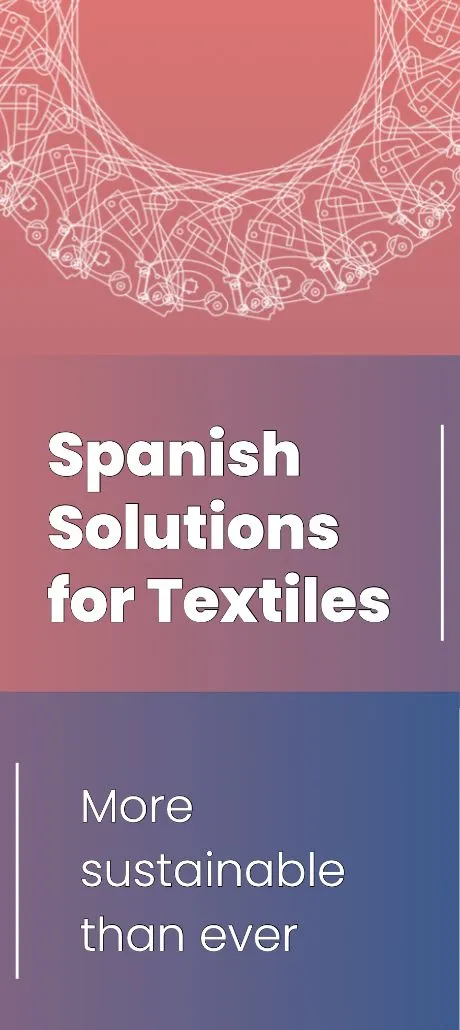As global trade frameworks shift and economies prioritize resilience and self-sufficiency, Africa faces a defining question: Will it continue to export raw materials and import finished goods, or finally build the industrial base needed to compete globally?
Nowhere is this question more relevant than in Africa’s textile and apparel industry — a sector brimming with potential yet hamstrung by decades of underinvestment and dependency. Each year, Africa produces vast quantities of cotton, particularly in some of its poorest nations like Benin, Burkina Faso, and Mali. Yet over 90% of that cotton is exported raw, only to return as finished garments, creating a $23 billion import bill for textiles, apparel, and footwear — and with it, millions of lost jobs and missed opportunities.
“This is more than a trade imbalance. It’s a structural dependency,” say industry observers. “Africa exports potential and imports value.”
From Decline to Revival
In the 1980s, Nigeria boasted more than 180 textile mills. Today, fewer than five remain operational, while the country imports over $4 billion in textiles annually — more than 90% of its domestic consumption. It’s a stark example of industrial decline, despite having the cotton, labour, and markets to support a thriving textile economy.
However, change is underway. Countries across the continent are reviving their textile sectors with ambitious plans and billion-dollar investments.
Benin’s Glo-Djigbé Industrial Zone has attracted $550 million in textile-related investment and created over 12,000 jobs, becoming a sourcing hub for global fashion brands.
Nigeria is launching the $2.4 billion Renewed Hope Giga Plant, projected to produce 550 million garments annually.
The continent is aligning under the African Renaissance Textile Plan, launched in 2024 with a $5 billion funding commitment to create 10 industrial zones, 5 million jobs, and retain $30 billion of value annually within Africa.
Rethinking Global Partnerships
The momentum comes at a critical moment. The U.S. Congress is currently reviewing the Africa Growth and Opportunity Act (AGOA), a trade agreement offering duty-free access to nearly 2,000 African products — including garments. But while AGOA has opened doors, Africa needs deals that encourage value addition, not just raw exports.
As global brands seek resilient and diversified supply chains, Africa must no longer be seen as just a resource base, but as a strategic production partner.
“Textiles powered the industrial revolutions of Britain, China, Bangladesh, and Vietnam. Why not Africa?” ask advocates of the African textile revival.
Culture Without Industry
Africa’s creative influence is already global. Walk through Paris or Milan, and African-inspired patterns and designs dominate runways and retail. Yet, while the world wears Africa’s culture, the continent’s own fashion industry remains largely invisible.
This contradiction underscores the urgency of change. Africa’s industrial rebirth won’t come through charity or trends — it must be designed, built, and owned by the continent itself.
“Made in Africa must not be a trend,” says one industry leader. “It must be the standard.”
To achieve this, governments must invest in infrastructure, curb second-hand clothing imports, and align policies with industrial goals. Investors must see African manufacturing as a growth frontier, not a risk. Entrepreneurs must scale fashion startups. And consumers — especially the African diaspora — must wear their values.
Because next time you pick up a T-shirt, the real question is:
Was it made in Africa — or just made from Africa?
There is a difference. And Africa’s industrial renaissance will not be gifted.
It will be stitched, woven, and worn.































